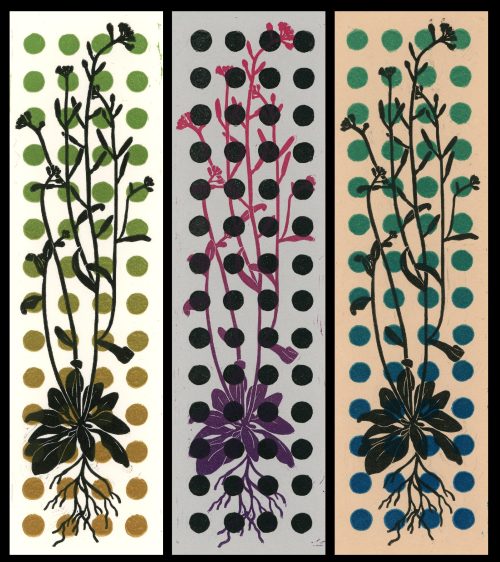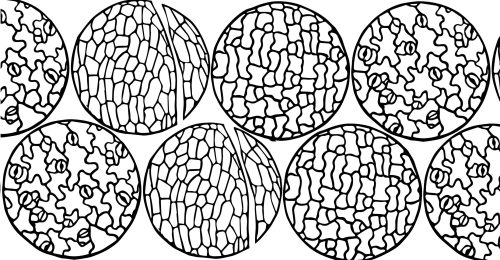New PI diaries: I’m going on an adventure, to find the fertilizer
Posted by Margot Smit, on 2 October 2023

Hello, I am Margot Smit, a new PI and a new contributor to the ‘New PI Diaries’ from the Node. On October 2nd (today) I am starting my lab at the Center for Plant Molecular Biology in Tübingen, Germany. In my lab we will study how the timing of cell fate progression is controlled in plan development. We will start out studying stomatal and vascular development during Arabidopsis embryogenesis, where I previously identified blocked fate progression. For more check out my website (lab website at ZMBP under construction).
The first few months of this new job will surely be exciting and overwhelming. Apart from having a new job description, I’ll be in a new institute with different habits and rules, and many unknowns. My first challenge will be getting to know the place and its quirks, something that I’ve learned never to underestimate. I’ve done Arabidopsis research at 3 different universities so far (Wageningen University, UC Davis and most recently Stanford) and I’ve found it’s best not to make too many assumptions. Because while they had enthusiastic, welcoming colleagues and excellent facilities in common, every place had its unique ways of organizing things. From reagent ordering to microscope booking, to meeting structure, to my favorite topic: fertilizer. I love talking about moving labs and finding plant fertilizer.

Fertilizer is the topic I go to when I explain what it’s like to move to a different institute. Since I have some experience doing Arabidopsis research, I used to assume that meant I didn’t have to ask a lot of questions when starting somewhere new. Some things are always the same. Arabidopsis needs nutrients and so we add plant fertilizer to the soil. At Wageningen we ordered trays of prepared soil from central facilities, they would arrive the next week, ready to go in whatever pots we requested. Then I moved to Stanford and the lab manager showed me around, showing me where the soil (and fertilizer pellets) for making trays were. I didn’t realize I needed someone to show me this, but it has turned into a fun experience. That lab manager is unfortunately no longer in the lab and several new lab members joined who had previous experience growing Arabidopsis so they didn’t think to ask about our soil. Then 2-3 months later they would wonder why their plants were not doing so great. And then they learn that there is no fertilizer in the soil or in the water (as was the case at UC Davis) but that they need to add it separately. While this was probably frustrating, there are worse things — like growing your non-Arabidopsis plants for many months and wondering why they do so poorly… This is what happened to a friend who moved from UC Davis to another UC where there was no fertilizer in the water. A lot more lost time and frustration than 2-3 months.
There is so much that is the same between institutes and so much that is different. One challenge is not knowing all the differences from the start. So as I get ready to start in a new place I am preparing to learn all the obvious differences but also to find the unexpected ones. I’m sure there’s many things I’ll miss and do wrong initially, but I am looking forward to learning and I hope people will be (somewhat) forgiving. Luckily, an experienced technician will join my lab which I’m sure will make finding the fertilizer (and starting a lab) a lot easier. In the first month I’ll be getting to know the institute, setting up materials, interviewing for a big grant, and hiring my first PhD student. Wish me luck!

[Update Oct 2nd: Fertilizer is already mixed into the soil here it seems. Interesting]


 (5 votes)
(5 votes)